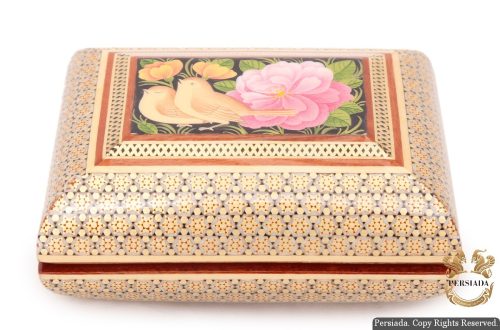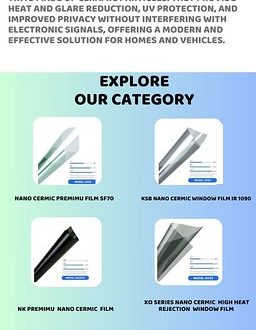Polypropylene is suitable for packaging due to its unique properties.
As you know, polypropylene is suitable for packaging due to its unique properties. This particular plastic resin is not only non-toxic, but also 100% durable and recyclable.
PP bag is clean, easy to clean and antibacterial. It is also light and breathable due to its low density. The laminated layer makes the polypropylene bag waterproof and helps protect its contents from moisture.

Polypropylene bags or sacks are used for the following purposes:
- Construction of temporary tents
- Production of transport packages
- Construction industry (bag of cement)
- Agriculture (bags of potatoes, onions, salt, flour, rice, etc.)
- Grain packaging
- Transport of certain chemical products, etc.
How are polypropylene woven bags made?
The production of polypropylene bags is carried out in three stages. They are:
- Drawing: This is the first and most important process in the production of fabrics. It consists of stretching the main plastic material during the extrusion process. Mixtures, dyes or any necessary preparation of polypropylene are also made.
- Weaving: the second process of making bags consists of stretching a thread to weave it.
- Bonding: After drawing, weaving, coating, cutting, printing or any other necessary process, the seaming process is the last step in the plastic bag manufacturing process before final packaging.
What is the denier of a polypropylene bag?
Denier (D) is another unit of measurement used to determine the fabric thickness of an individual tape/yarn. This is considered an indicator of the quality, strength and durability of the polypropylene bags sold.
Agricultural and food producers prefer polypropylene bags to other types of packaging materials. These bags are very cheap and easy to make. In addition, polypropylene bags are an environmentally friendly and recyclable option due to their excellent resistance to physical stress and damage from all kinds of potentially harmful elements such as organic solvents, degreasers and acids.


